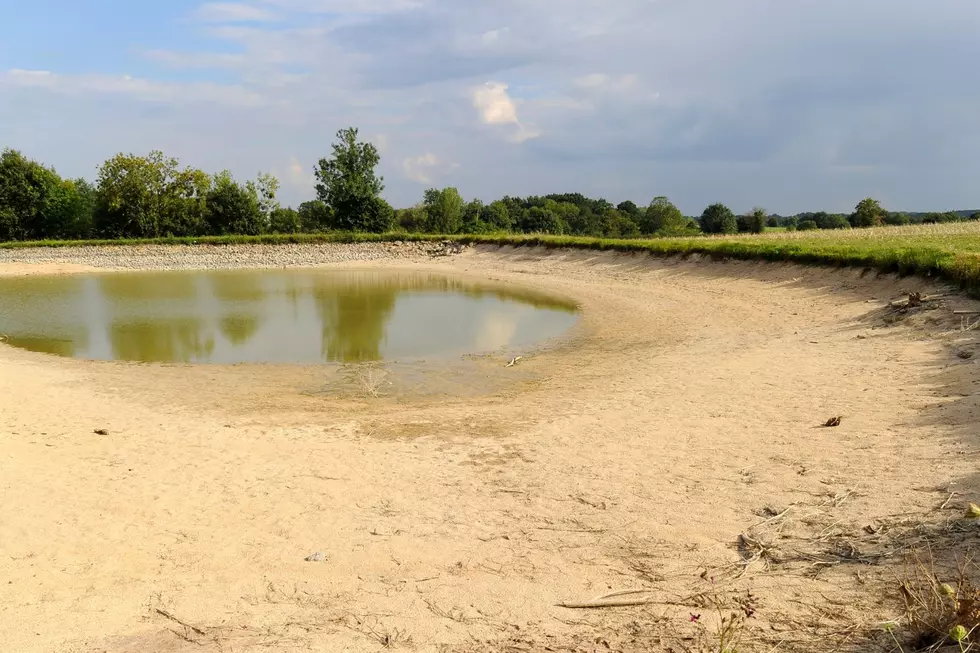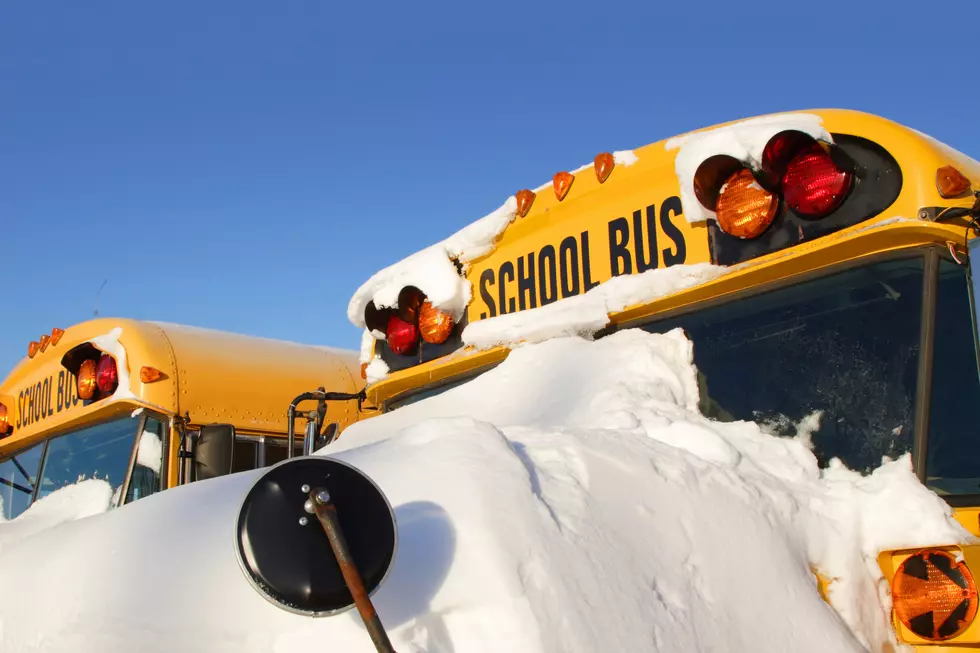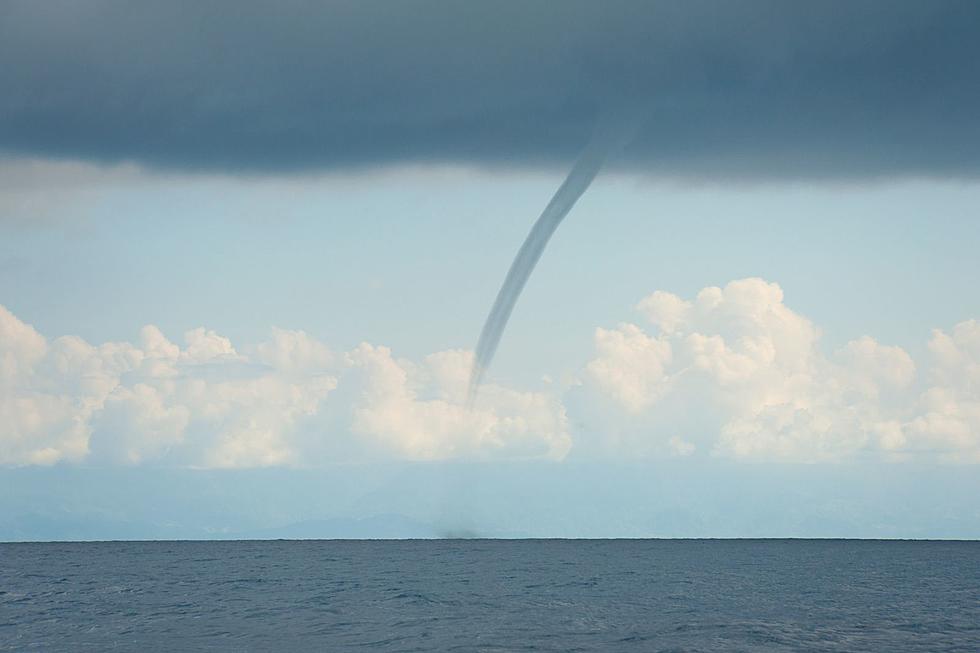
‘Extreme’ Drought Conditions Persist on SouthCoast Despite Moderate Improvements
Meteorologist Chelsea Priest from ABC 6 has been tracking the latest drought conditions released late Thursday morning. For those of us who were hopeful that this week's rainfall might make a difference in our drought conditions, there is some good news and bad news to share.
The Bad News
As you know, the torrential rainstorm that buried Rhode Island with up to 10 inches of rain in spots including Cranston was a swing and a miss for the SouthCoast. While we did experience some rain on Monday, the storm really just grazed us.
Meanwhile, in Rhode Island, the incredible rain storm was a direct hit.
As a result, everyone in the Fun 107 listening area is still under drought conditions, including all of Rhode Island and Massachusetts, according to Priest. However, extreme drought conditions are still the case for nearly the entire SouthCoast. Spots that aren't in extreme drought conditions (mostly inland) are still in a severe drought.
So, long story short, not a huge change in this part of the state.
The Good News
Providence County, the area in Rhode Island that received the 10-plus inches of rain, has been down to moderate drought conditions, a significant improvement. The Boston area is also doing a lot better.
It is also important to note that the precipitation analysis gets cut off at 8 a.m. on Tuesday for the report, so all of the rain that fell after that time won't be counted until the next drought monitor. We didn't get an overwhelming amount of rain, but we did get some, which is a big deal these days.
How Much Rain Do We Need Until We've Recovered?
The New Bedford area is still running at a rainfall deficit of about 8 or more inches for the year, so there is still a substantial amount of rain to catch up.
LOOK: The most expensive weather and climate disasters in recent decades
More From WBSM-AM/AM 1420









